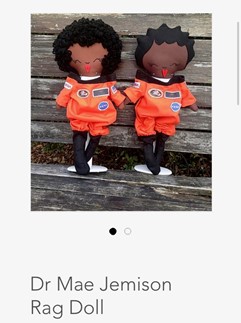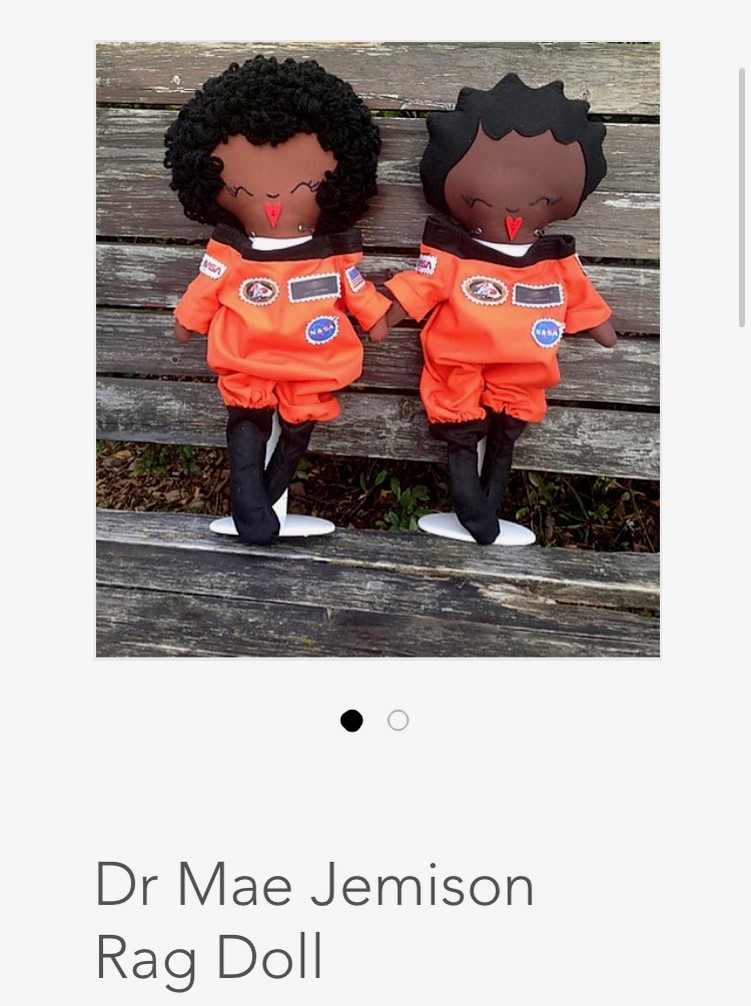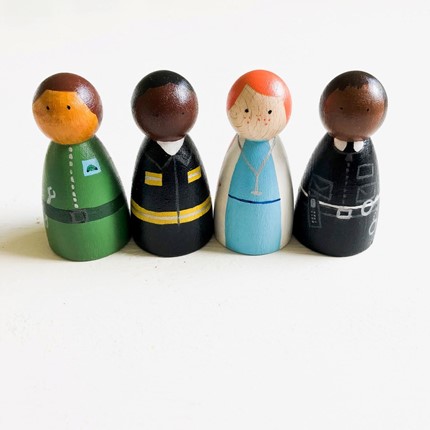Diversify Your Play
Guest post by Susie Robbins from Resolve to Play
How can we make sure that our children grow up understanding diversity, and why does it matter? As always, we can start at home, and by introducing these important messages through play. Play is the perfect vehicle for learning, and as a result we need to have a long, hard, critical look at the play environment that we are providing for our children.
Does your child only have dolls and figures with the same skin tone as themselves? How many of your child's books have a Black protagonist? Do you automatically provide pinks and peaches when you're drawing or painting people? This is known as implicit bias and it's time to shake this up and out! But how can we approach conversation about such an important matter with our very young children? When children play the right side of the brain is active and engaged. The right side is responsible for empathic behaviour and understanding, innovation, intuition and interest. These are the core areas that we need to be alert and receptive when teaching our children that racism is not ok. 
You don’t need to completely revamp or overhaul your child’s bedroom, playroom or toy area to become an anti-racist family, a few simple changes will go a long way. Take a trip to the library (as soon as lockdown permits!) and borrow some books. Make sure that you’re not only choosing books about racism or the history of slavery, but also books by Black authors, or with a lead character who just so happens to be Black. Ask friends and family to buy your child a diverse gift for their birthday or special occasion that will complement toys that you already have – for example Playmobil have a good variety of ethnicities in their people range. If your child is a lover of baby dolls or superheroes there are plenty of shops out there now, many of whom are independent who make Black dolls, and Black superheroes. Provide your children with open ended toys, such as pegdolls – a pegdoll can by anyone: a fire fighter, a painter or a nurse, and any ethnicity. Small steps such as offering a range of skin tones for arts and crafts, and deliberately sourcing different hues of playdough, can make a significant change in your child’s eyes.

OK, so you’ve got the stuff, but now what? Allow your child to chat and play as usual, and then gently guide the conversation towards any observations that they may have about the new materials that they are using (the library books, or alternative colouring pencils). Explicitly point out the different skin colours, and ask questions such as “Do you think this colour skin is beautiful? It’s different to your skin isn’t it?” and introduce the word ‘racism’, “Have you heard the word racism before? Do you know what it means? It’s when somebody is treated badly because of their skin colour. What do you think about that?” By opening up conversations you are planting the seed of an expectation of equality, and equipping your child with the understanding and tools necessary to defend equality. That is our duty in bringing up the next generation, for as Rosa Parks said “To bring about change, you must not be afraid to take the first step. We will fail when we fail to try.”
_________________________
Founder of Resolve to Play Susie Robbins is a play specialist and learning through play expert. Mum of three Susie strives to support parents in accessing the positive power of play so that the whole family can benefit.
_________________________
Photo credit:
Astronaut dolls www.clarkescloset.co.uk
Pegdolls www.etsy.com/bodkinandroo